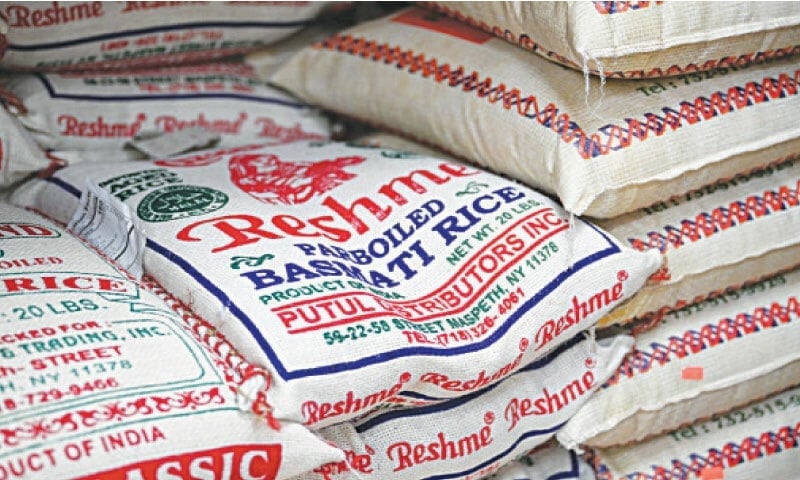December 19, 2025 | 00:57 GMT +7
December 19, 2025 | 00:57 GMT +7
Hotline: 0913.378.918
December 19, 2025 | 00:57 GMT +7
Hotline: 0913.378.918

Indian exporters have warned that the cost of additional US tariffs risked making businesses ‘not viable’ after 50pc levies imposed on imports from India. Photo: AFP.
Pakistan’s basmati rice exports have witnessed steady growth in recent years. According to the Rice Exporters Association of Pakistan (REAP), the country exported approximately 772,725 tonnes of basmati rice in FY24, generating $876.9m, up from 595,120 tonnes worth $650.4m in the previous fiscal year. The average export price per tonne also increased from $1,092.93 to $1,134.86.
Data from Volza’s Global Trade platform shows that between November 2023 and October 2024, the United States accounted for 24pc of Pakistan’s total basmati exports through 1,519 shipments. Italy and the United Kingdom followed with shares of 14pc (908 shipments) and 11pc (716 shipments), respectively.
Together, these three markets consumed nearly 49pc of Pakistan’s basmati rice exports. Pakistan currently exports basmati rice to over 110 countries, with other key destinations including Australia, Saudi Arabia, the UAE, Canada, the Netherlands, and Germany.
According to the US Department of Agriculture (USDA), rice imports in the US have grown steadily over the past three decades, from 7 percent of the domestic market in 1993/94 to over 25 percent by 2022/23. Over 60pc of these imports consist of Asian aromatic varieties, mainly jasmine from Thailand and basmati from India and Pakistan.
While the US produces some aromatic rice domestically, these differ in quality and aroma from their Asian counterparts. The USDA projects continued growth in demand for aromatic rice imports in the coming years.
The tariff dispute emerged from US punitive measures targeting India’s trade and energy ties with Russia, resulting in broad tariffs on several Indian exports, including basmati rice, pharmaceuticals, and electronics. Although some sectors later received exemptions, basmati rice remained subject to the full 50pc tariff. In contrast, Pakistani basmati rice continues to face a lower tariff of 19%, giving it a distinct pricing advantage in the US market.
Indian media reports suggest that the tariff hike could reduce India’s basmati exports to the US by 50-80%, with prices climbing to nearly $1,800 per metric tonne. Pakistani basmati, by comparison, remains priced at around $1,450 per metric tonne, making it more competitive for US importers and retailers.
Retailers across the US are already reporting increased interest in Pakistani basmati rice. Khan Mohammed, a salesman at Super Halal grocery in Springfield, Virginia, noted: “Pakistani rice is already popular.
Dawn

(VAN) The seafood industry is aiming for an export goal of USD 10.7 billion in 2025. However, resolving bottlenecks regarding data and green finance is an urgent requirement.

(VAN) Exports of ornamental fish generate nearly USD 15 million annually for Ho Chi Minh City, affirming the sector's position as a distinctive economic component of the city's modern urban agriculture structure.

(VAN) Lang Son agricultural products are upgrading planting-area standards, increasing deep processing, and expanding linkages to move toward sustainable exports.

(VAN) Despite numerous challenges, Vietnam's key seafood products are maintaining strong momentum, setting the stage for full-year exports to potentially reach USD 11 billion.

(VAN) The signing of a protocol between Viet Nam and China on the export of fresh jackfruit represents a significant milestone in agricultural trade cooperation between the two countries.

(VAN) On November 27, the Ninh Binh Department of Agriculture and Environment and the Institute for Green Growth Research organized a training course on greenhouse gas inventory for businesses.

(VAN) China’s cooking oil is suddenly flooding into India. It all comes down to a soybean surplus that Beijing doesn’t quite know what to do with.